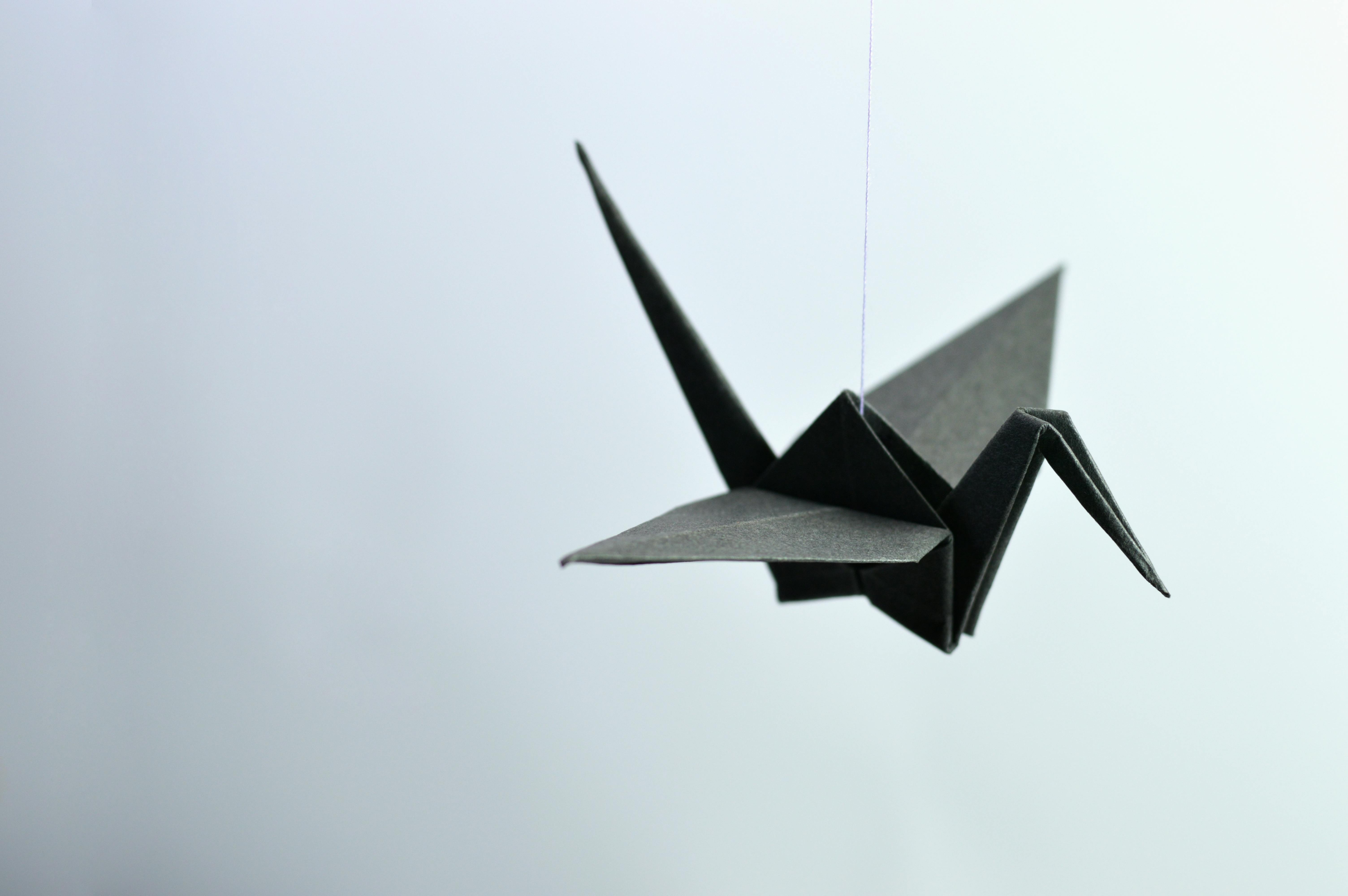Whimsical Washi: Elevating Home Decor with Japanese Paper Art
Imagine transforming your living space with delicate, vibrant strips of paper that add texture, color, and a touch of Japanese elegance. Welcome to the world of washi tape decor, where creativity knows no bounds and even the smallest details can make a big impact. This versatile craft material is revolutionizing home styling, offering endless possibilities for personalization and artistic expression.

The modern incarnation of washi tape emerged in the early 2000s when a Japanese company developed a low-tack, decorative masking tape. Initially popular among crafters and stationery enthusiasts, washi tape quickly gained traction in the wider design community for its versatility and aesthetic appeal.
Washi Tape in Home Decor: A New Canvas for Creativity
The transition of washi tape from craft supply to interior design element has been nothing short of remarkable. Its non-permanent nature and vast array of patterns and colors make it an ideal medium for temporary or changeable decor. Homeowners and renters alike have embraced washi tape as a way to personalize spaces without causing damage or making permanent alterations.
From accent walls to furniture upcycling, washi tape offers a low-cost, high-impact solution for home styling. Its applications are limited only by one’s imagination. Some popular uses include creating faux headboards, outlining mirrors for a custom frame effect, and adding decorative borders to shelves or windowsills.
The Art of Washi Wall Murals
One of the most striking applications of washi tape in home decor is the creation of large-scale wall murals. This technique allows for the realization of complex designs without the commitment or expense of wallpaper or paint. Geometric patterns, abstract compositions, and even representational scenes can be crafted using various widths and colors of washi tape.
To create a washi tape mural, start with a clean, smooth wall surface. Sketch out your design lightly in pencil, then begin applying the tape, cutting and layering as needed to achieve the desired effect. The beauty of this method lies in its forgiving nature – if you make a mistake, simply peel off the tape and try again.
Furniture Transformation with Washi
Breathing new life into tired furniture pieces is another area where washi tape excels. From dressing up drawer fronts to creating intricate patterns on tabletops, this technique offers a fresh alternative to traditional refinishing methods. The temporary nature of washi tape makes it particularly appealing for those who like to frequently update their decor or for renters who need reversible customization options.
When applying washi tape to furniture, it’s important to clean the surface thoroughly and ensure it’s completely dry before beginning. For high-use areas, consider applying a clear sealant over the tape to protect it from wear and tear. This extra step can significantly extend the life of your washi tape design while maintaining its vibrant appearance.
Washi in Small Spaces: Maximizing Impact
In compact living environments, washi tape can be a game-changer. Its ability to add visual interest without taking up physical space makes it ideal for small apartments or dorm rooms. Use washi tape to create the illusion of architectural features like wainscoting or crown molding. Alternatively, define zones within a multi-purpose room by using tape to outline “invisible” boundaries on the floor or walls.
For a subtle yet effective use of washi in small spaces, consider lining the inside of drawers or cupboards. This unexpected pop of color and pattern can turn mundane storage into a delightful surprise every time you open a drawer or door.
The Sustainable Side of Washi Decor
As eco-consciousness continues to influence home design trends, washi tape emerges as a sustainable alternative to many traditional decor elements. Unlike vinyl decals or adhesive wallpapers that often end up in landfills, washi tape is biodegradable and can be composted at the end of its life cycle.
Moreover, the non-permanent nature of washi tape encourages a more mindful approach to home styling. Instead of replacing entire pieces of furniture or repainting walls to achieve a new look, homeowners can use washi tape to refresh their space with minimal waste. This aligns perfectly with the growing movement towards more sustainable and adaptable living environments.
Washi Beyond the Walls: Unexpected Applications
While walls and furniture are common canvases for washi tape art, innovative designers are finding unique ways to incorporate this versatile material throughout the home. Consider using washi tape to customize light switch plates, create custom lampshades, or even design temporary stained glass effects on windows.
In the kitchen, washi tape can be used to label storage containers, add decorative elements to appliances, or create a colorful backsplash without the commitment of tile. In the bathroom, it can waterproof areas around sinks or tubs, adding both functionality and style.
The Future of Washi in Home Design
As the popularity of washi tape in home decor continues to grow, we can expect to see more innovative products and applications emerge. Some manufacturers are already experimenting with wider rolls of washi, allowing for easier coverage of large areas. Others are developing washi-inspired wallpapers and fabrics, bringing the aesthetic of this traditional Japanese craft to a broader range of home decor products.
The DIY movement, coupled with the increasing desire for personalized living spaces, suggests that washi tape will remain a staple in the home stylist’s toolkit for years to come. Its versatility, affordability, and eco-friendly nature make it an ideal medium for expressing individual style while adapting to changing trends and personal preferences.
In conclusion, washi tape represents a unique intersection of traditional craft and modern design sensibilities. By embracing this simple yet powerful decorative tool, homeowners can transform their spaces in ways that are both beautiful and mindful. Whether you’re a seasoned interior designer or a novice looking to refresh your living space, washi tape offers a world of creative possibilities just waiting to be explored.





